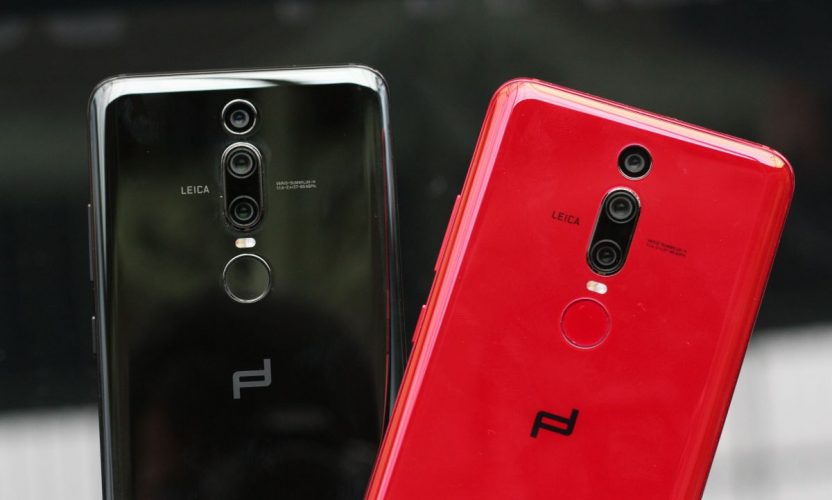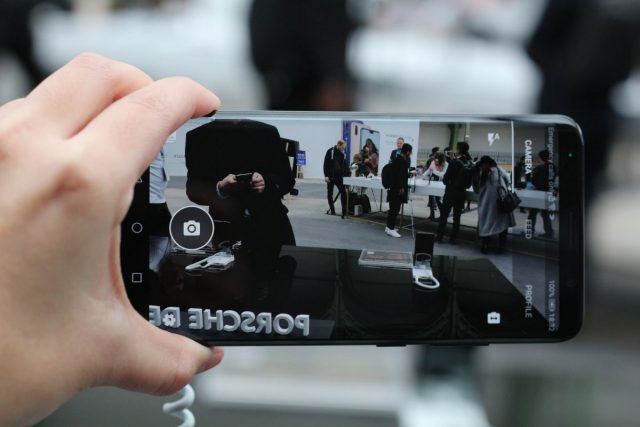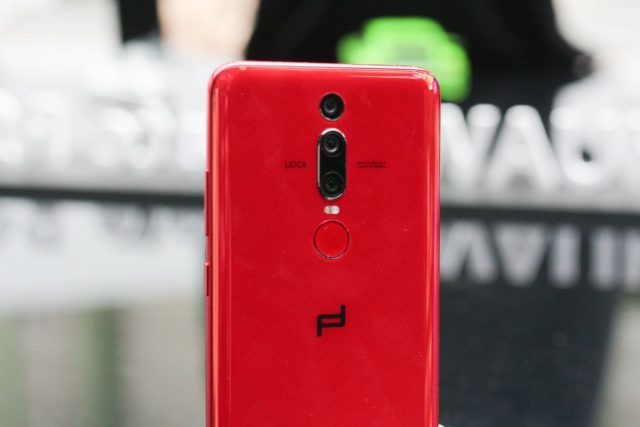Collaboration efforts with luxury brands may not have yielded long-lasting relationships in the realm of mobile devices, as past attempts to pair the two have all resulted in short runs (think Prada and LG), but Huawei is adamant in preventing the repeat of history with a continued partnership with Porsche.
Following the release of the Porsche Design Mate 10 in 2017, the Chinese giant has once again scrambled to put together another Porsche-themed model, in what amounted to a “one more thing” during the company’s latest global launch of the P20 series.
The surprise here though is that the company had included many key news features onto the Porsche Design Mate RS, effective eclipsing the Huawei P20 Pro. Aside from packing the new, three camera lens, the Mate RS will sport two biometrics – a regular rear sensor, and the world’s first consumer smartphone with an on-screen biometric sensor embedded under the phone’s display.
While other companies, most notably China’s Vivo, has demoed an on-screen biometric sensor, others, such as Samsung and Apple have been reported to be working on one but were not ready to roll it out yet.
And no. We’re also not sure why Huawei decided to use the Mate branding on a P series event announcement, as the Mate RS is effectively a P20 Pro X… or P20 Pro+.
This current three-year collaboration is targeted more at the affluent individuals in the community, rather than the casual consumer. Where the Porsche Design Mate 10 was decked out in a sleek grey-black body, the new Mate RS sports either a classy black or striking red veneer. Sadly, the red version is exclusive to China.
While the three camera placement on the Mate RS differs from the P20 Pro, the other bits are designed in a similar fashion to the P20 Pro, with the same 40MP image capture, 4,000mAh battery pack, and a maximum ISO of 104200. It will also offer Supercharge and wireless charging.
So how does the new on-screen biometric work? The phone can be unlocked through the accurate tracking of one’s finger over the main display screen. Tap your finger anywhere to unlock the device.
So why is there a need to have biometrics on the front and back? There isn’t, as a rear sensor works just fine.
On the other hand, if you happen to drive a Porsche, or any car for that matter, having a front biometric would be a boon for anyone looking to unlock their phone while it’s attached to the dashboard, instead of having to fumble around the rear.
Fans of the facial recognition unlocking system will be glad to know that the function is available on the Mate 10 RS as well.
Available in either a 256GB or 512GB of storage space, more room is now freed up for the housing of downloadable content. Images and videos will also appear sharper on the phone’s 6-inch, 2K curved display screen. The phone also promises less overheating and wire restrictions, courtesy of the model’s better cooling technology and wireless turbo charging feature.
The only downside? It is absurdly priced at a hefty €1695 (6GB RAM + 256GB storage) and €2095 (6GB RAM + 512GB storage). The Porsche Design Huawei Mate RS is definitely not for those with a lean wallet, but more so for the affluent and high-brow community.
Arriving on selected international shores on April 12, 2018, keen individuals should standby their pretty pennies, and prepare for a seemingly more enriching experience ahead.
If you’re wondering there’s actual demand for the phone, the previous Porsche Design Mate 10 sold out the moment it hit the shelves and never to return. This is how one makes an exclusive phone of desire.
Here’s hoping that Huawei makes a regular, non-Porsche Design Mate RS. The Huawei Mate 20 Pro anyone?















